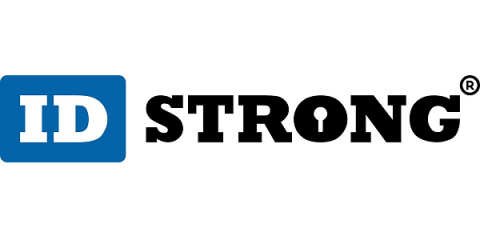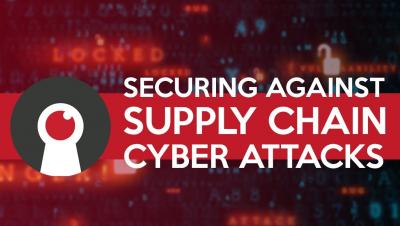Minneapolis Schools are Facing a Cyber Ransom of $1 Million
The Minneapolis public school district includes approximately 100 primary and secondary public schools. Between the many different schools, approximately 36,000 students are served by about 1,500 teachers. The district is currently suffering from a ransomware attack supposedly and is being extorted for a $1 Million payment by a ransomware gang.










